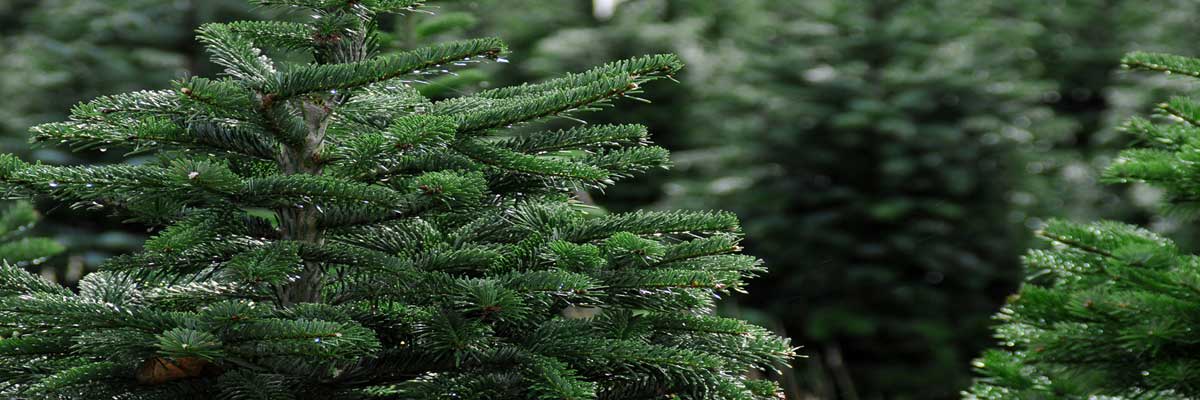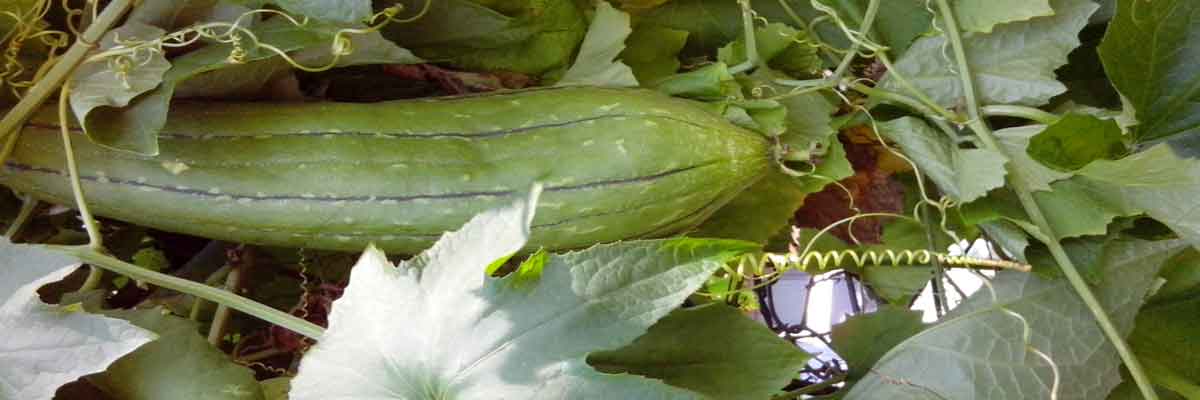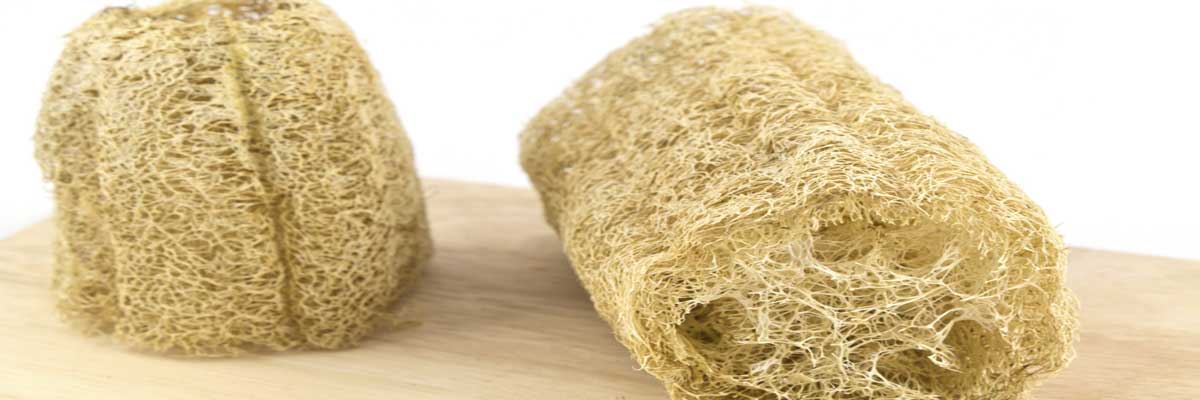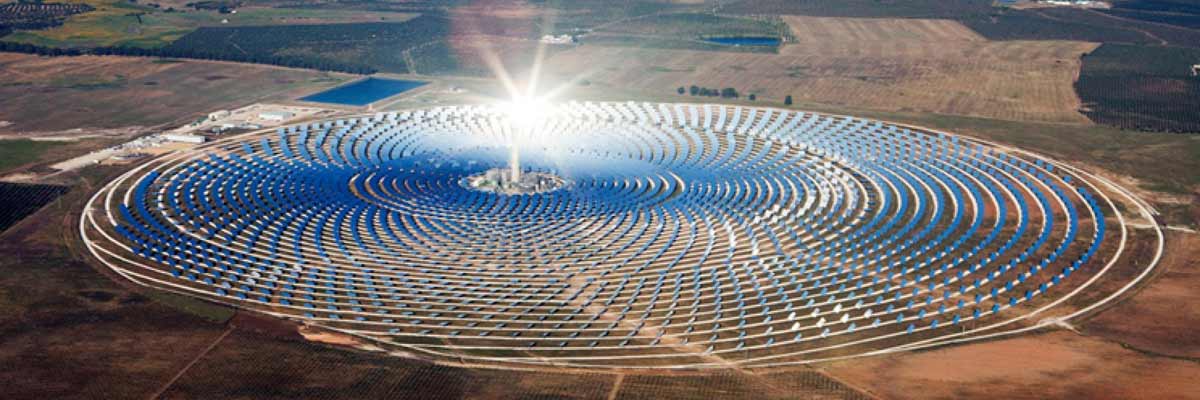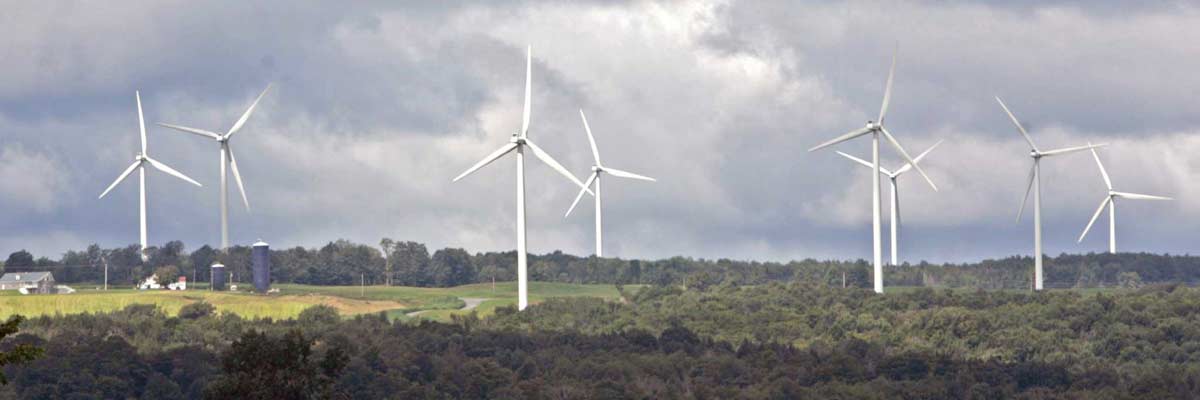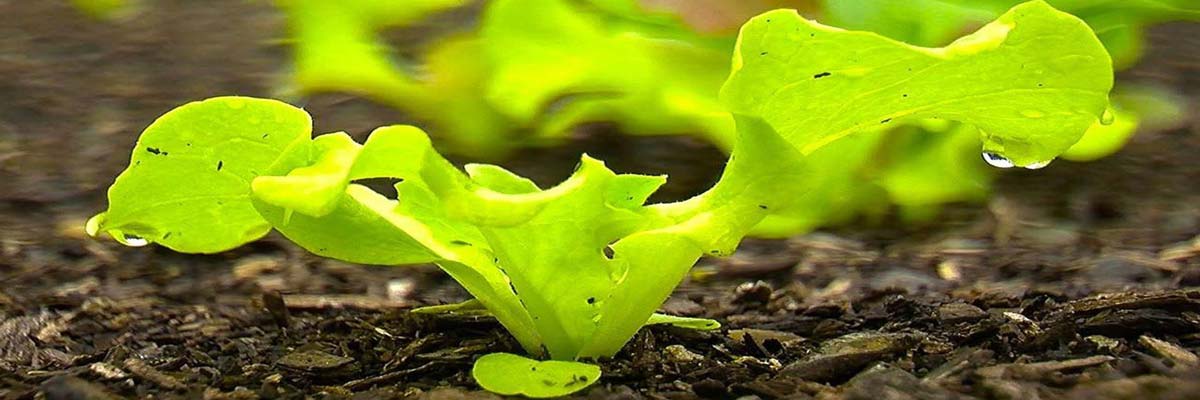How To Pick (and take care of) A Live Christmas Tree
When selecting a tree “go live”. When the holidays are over it can be habitat for small mammals and birds. They provide shelter and beauty not to mention clean air. It is a green choice for sure.
There are a few important considerations when dealing with a live tree.A live tree comes with roots and therefore is heaver than a cut tree, obvious huh? Well don’t let a little extra weight get in your way. I use a wooden furniture dolly to wheel our tree around. Your local nursery will bring in live trees and often take the balled & burlapped trees and pot them up for easier handling. Some nurseries will just grow the trees in containers. Once you have chosen the perfect tree and you have brought it home you can’t just place it in the corner of the room right away. Follow these steps for best success:
More On How To Grow A Luffa
Quite a few people were interested in my recent harvest of Luffa shower sponges. I thought I’d explain a bit more about the plant and the process of growing it. Luffa aegyptiaca Mill. or as it is commonly called, the Loofah, is a vegetable native to South America. It can be eaten when it is smaller. I have stir fried them but only up to a size of about 4 inches. After that they become tough like an over ripe squash. Left to fully mature each fruit produces an excellent sponge. Seeds for this plant are readily available through vegetable catalogs and you’ll only have to buy seeds your first year- one mature Luffa sponge will produce at least 30 seeds. Some will produce many more.
Frost kills the plant and it needs 4 to 5 months of growth to produce sponges. Here in North Carolina I can plant seeds directly in the ground near the date of the last frost and then harvest a modest number of sponges later in autumn. If I wanted a better yield or if I lived further north I would start them indoors several weeks, maybe even a month before the date of the last frost and transplant them outdoors after frost danger has passed. Planting them on the sunny, southern side of your property will help. They are natural climbers and are happiest running up the sides of a trellis or even the outer walls of your home. I sprinkle a few seeds near, but not in front of, one of my south facing gutter downspouts. When the plant sprouts it climbs up the downspout and along my gutters. It doesn’t impede the flow of water and in the fall when the plant dies I easily pull it off of my home. The large Luffa leaves help to shade the hottest side of my house in the summer. I am certain they could be grown just as well on a large trellis. They can get quite long. I’ve grown vines that exceeded 15 feet in length.
How To Make (and grow) A Luffa!
For the third autumn in a row I am pleased to be harvesting my shower sponge for next year. Now I know that must sound like a strange statement but it’s true. Many people are surprised when they find out I grow my own Luffa sponges. “Don’t those come from the sea?”, is the standard question to which I respond that the Luffa is a vegetable you can grow in your very own garden.
This annual requires a long growing season of frost free weather. But for those of you in colder climates it is possible to start seedlings indoors and then transplant them outside allowing you to grow your own sponges. The vine can grow to great lengths producing beautiful yellow flowers all summer. Next spring I will be sure to remind you to start your sponges. Right now though I am focused on the harvest. I almost waited too late to get my Luffa started this spring so I was lucky to get a hand full of mature sponges. This one grew right outside my bedroom window.
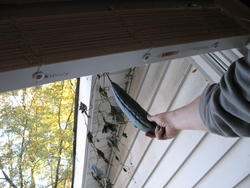
Spain: Solar Panels Required On All New And Renovated Buildings
Photovoltaic cells on top of someone’s roof will no longer be a sight of interest for people visiting or living in Spain. In fact, they’re simply going to become part of the building code thanks to new legislation that requires all new or renovated buildings to offset “between 30 and 70 percent of hot water costs with the sun.”
From the article,
“New non-residential buildings, such as shopping centers and hospitals, now have to have photovoltaic panels to generate a proportion of their electricity. Other measures in the new building code enforce the use of better insulation, improve the maintenance of heating and cooling systems and increase the use of natural light.
“The new standards will bring energy savings of 30 to 40 percent for each building and a reduction of carbon dioxide (CO2) emissions from energy consumption of 40 to 55 percent,” the Environment and Housing Ministries said in a joint statement.”
Wow. If I was an investor in Solar technology, I would be all over the companies bidding for contracts in Spain after this announcement. The question is, what kind of pressures will this place on the industry such that demand will outstrip supply? Quality silicon for solar panels are already in short supply. I wonder if a delay of this kind would delay the entire renovation or construction of a new building?
Film Review: Tapping Maple Ridge
The new film, Tapping Maple Ridge , cleverly examines the parallels between maple syrup and wind energy. Why this is even applicable in the first place lies in the film’s setting of Lewis County, NY; the largest producer of maple syrup in NY and the site of the largest wind farm east of the Mississippi at Maple Ridge . Here’s an excerpt from their site,
“Tapping Maple Ridge is a meditation on the unexpected parallels between wind energy and maple syrup production. Shot on High-Definition video, the film illustrates the visual and conceptual correspondences between the sugar bush (a stand of maple trees tapped for syrup) and the wind farm. Interviews with maple syrup producers, Tug Hill landowners, Lewis County residents, and wind energy developers reinforce and elaborate on those relationships.”
Read More
I Like Peak Oil Preparation Posts
Here’s another good one courtesy of Rob Hopkins of Transition Culture – His interview of Bob Flowerdew, “one of the UK’s best known organic gardening writers and broadcasters.” It runs the gamut, from what skills we need in the future, looking at the basics in life, to making candles, finding heat supply for winter, and local food production. It’s a really good interview, and since it is an “exclusive”, I won’t generously borrow in blockquote, but just direct you over there for a look. The interesting take that Mr. Flowerdew adds to the conversation, is that he believes that we should be looking more at fruits rather than veggies to solve our local food production issues. I will give you just a taste of his realist look at our future:
We will not win the world over by making them live on gerbil food and wear a loincloth. You get people by winning them over one bit at a time.
I guess my organic bamboo loincloth business idea is out then. Great work as always, Rob.
